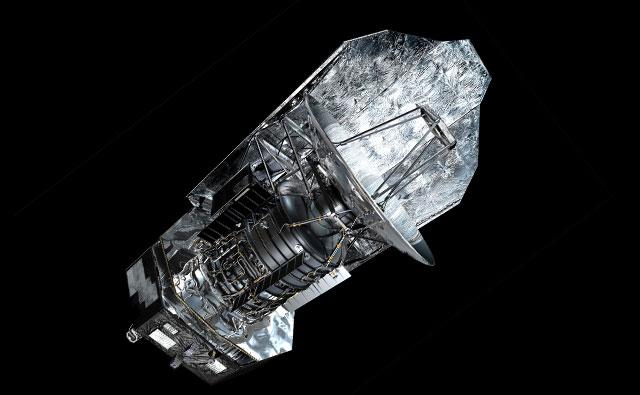About
The Herschel Extragalactic Legacy Project (HELP)’s main objective is to provide a rich new data set characterising the physical properties of hundreds of thousands of distant galaxies. This will bring together a vast range of data from many different astronomical observatories. The focus is on the images produced by the ESA’s Herschel mission. These images chart the star formation enshrouded in dust, and our work will allow us to unlock the full potential of those images.

Project Goals
One of the great challenges of astrophysics is to understand the evolution of galaxies across cosmic time.
Galaxies found with a large number of companions in the nearby Universe are very different from those that are found in isolation from other galaxies. To understand the origin of this difference, we must understand a wide range of environments in the early Universe to determine how galaxies have evolved in these environments. Using a number of different telescopes, we can probe different physical processes.
A number of astronomical observatories have been undertaking large scale programmes to chart out large areas of the distant universe. As many of these projects will be completed in the next four years, the data from these new projects is ripe to be compiled into a single, larger data set. Our project brings together key members of the teams conducting these new projects in order to combine the data together in a coherent manner. This combination of multiple data sets will allow us to gain new information about the physical properties of the galaxies (for instance, the stellar mass or star formation rates of these galaxies).
ESA’s Herschel Space Observatory (pictured above) has a unique role to play in this multi-wavelength data set, as it is able to see the signatures of star formation through layers of dust. The presence of dust acts as a barrier to optical telescopes, so the ability of Herschel to see through the dust allows us to see the star formation that would otherwise be hidden. One of the major goals of the Herschel mission was to explore the star formation history of the early Universe by constructing a large extragalactic survey of the galaxy population. However, the images produced by Herschel are relatively low resolution, so galaxies can blur together. In order to disentangle the light produced from the individual galaxies, images from other observatories with higher resolution can be used.
We intend to develop new tools to apply advanced statistical techniques to overcome the limitations of the poor resolution of the Herschel imaging, and allow them to be used to their full potential by astronomers in Europe and around the world.
We will be able to provide a census of the galaxy population in the distant Universe, along with their distribution throughout the three dimensional space we observe. This will be a large resource for anyone wishing to study the Universe at early times, similar to the sort of resource the Sloan Digital Sky Survey has provided for the nearby Universe. HELP should provide a lasting legacy of these ground and space based surveys.
Video
Professor Seb Oliver explains how the Herschel Space Observatory has grown our understanding of the distant Universe using far-infared (redder-than-red) light from galaxies.
Contact
If you would like more information about the data available within HELP, or would like to contribute data to the project, please get in touch.
A good first contact point is our Project Manager, Louise Winters; l (dot) winters (at) sussex (dot) ac (dot) uk.